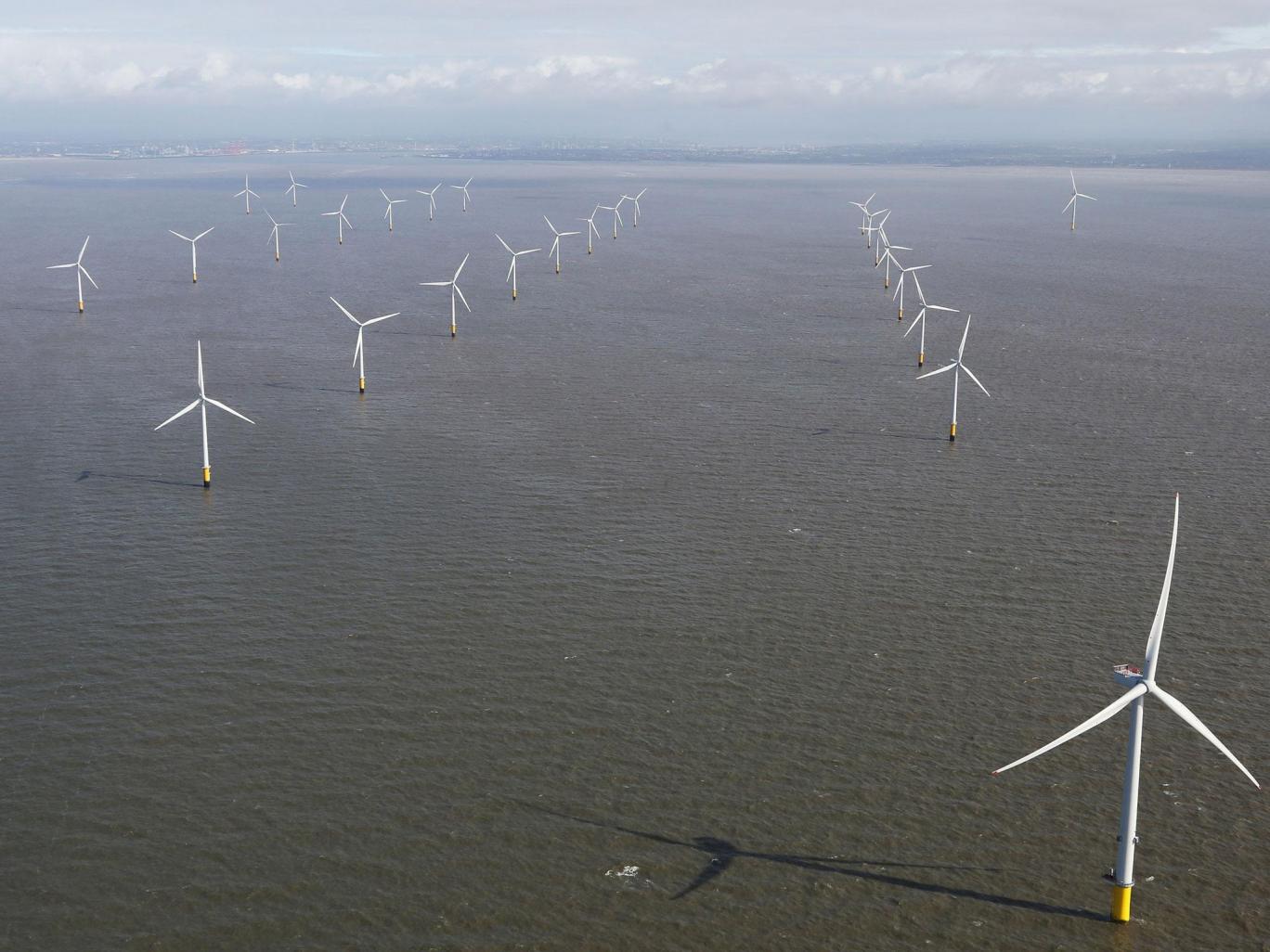The Entire World Could Be Powered By A Deep-Sea Wind Farm, Scientists Find


The entire world could be powered by one deep-sea wind farm stretching across the North Atlantic.
Building a renewable energy project the size of India across the ocean would allow the entire world to get access to sustainable energy and fulfil its needs, according to a major new study.
There are likely to be very significant hurdles to building such a major project, especially one that would require international cooperation and incredible levels of investment. But it would also allow people to get access to vast amounts of energy: at least more efficiently than onshore wind power.
The two researchers found that if a wind farm were built across three million square kilometres of the ocean it would account for roughly the equivalent of all energy used today.
Writing in the journal Proceedings of the National Academy of Sciences, doctors Anna Possner and Ken Caldeira concluded: “On an annual mean basis, the wind power available in the North Atlantic could be sufficient to power the world.”
The duo – from the Carnegie Institution for Science at Stanford University, California – pointed out wind speeds are on average 70 per cent higher over the Earth’s oceans than over the land.
However, efficiently extracting energy from wind is more than a simple matter of placing turbines in the path of the strongest gales you can find.
As more turbines are added to a wind farm, the combined drag from their turning blades effectively places a cap on the amount of energy from available moving air that can be converted to electricity.
Research has shown that due to this effect, electricity generation for large wind farms on land may be limited to about 1.5 watts per square metre.
The new simulations showed that in the North Atlantic the limit would be significantly higher, making it possible to generate more than six watts per square metre.
The reason for this is that North Atlantic winds tap into a huge reservoir of energy created by heat pouring into the atmosphere from the ocean surface.
As a result, more energy is transported down from high in the atmosphere than occurs over land, which helps overcome the impact of turbine drag.
“We found that giant ocean-based wind farms are able to tap into the energy of the winds throughout much of the atmosphere whereas wind farms onshore remain constrained by the near-surface wind resources,” said Dr Possner.
Power generation from a vast North Atlantic wind farm would be seasonal, with output dropping to a fifth of the annual average during the summer, the scientists pointed out.
Even then, enough electricity would be produced to meet the energy demands of all the countries in the European Union.
A giant wind farm in the North Atlantic would have to operate in “remote and harsh conditions” with wave heights frequently exceeding three metres (9.8ft), the researchers said. Such a project would also have to be politically and economically acceptable.
The scientists added: “Nevertheless, even in the relative calm of summer, the upper geophysical limit on sustained wind power in the North Atlantic alone could be sufficient to supply all of Europe’s electricity.”
Source: Independent UK










